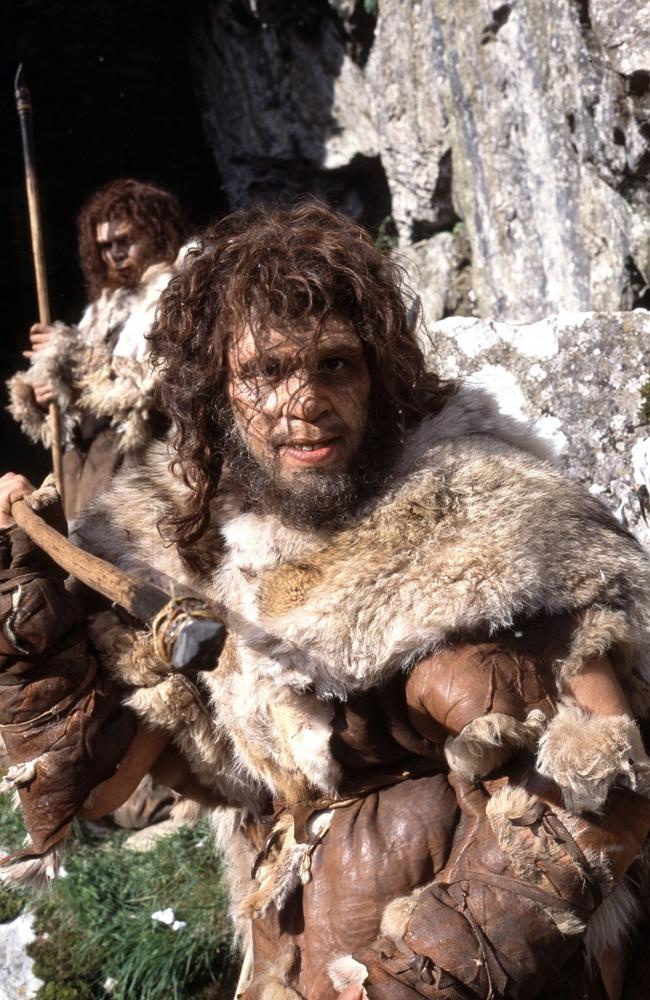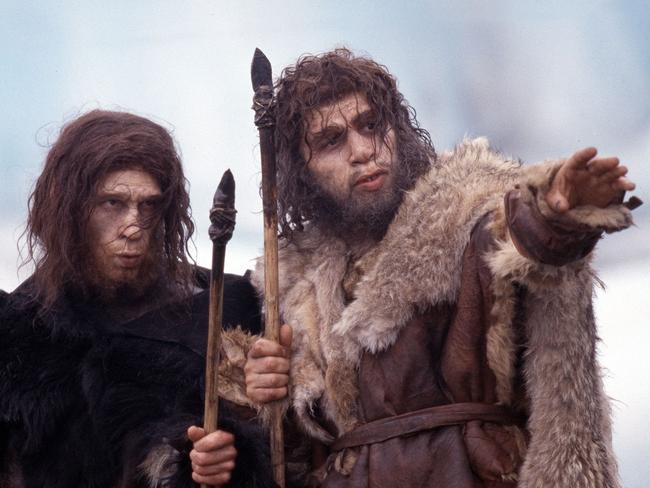Rabbit and milk may be behind the success of humanity in Europe
FORGET the paleo diet. Research suggests fast food may be the foundation stone of modern civilisation — at least when it comes to rabbits and milk.
Some 40,000 years ago a tribe of humans swept north out of Africa, pushing aside the Neanderthals and leaving behind a genetic heritage still visible in Europe even today. So what was the secret to their success? Perhaps diet.
Specifically rabbits and milk.
Two studies offer rare insight into the prehistoric behaviour and characteristics of our early human ancestors.
A new study of the genetics of Bronze Age Eurasia has been published in the science journal Nature, while another examining the success of hominins in Iberia is attracting new attention.
Together they sketch an outline of how Europe was won.
The human story begins in Africa some 200,000 years ago. By 50,000 years ago, they had ventured across the Sinai land bridge and into the Middle East.
According to Nature, one migrating group of hunter-gatherers made its way northward to dominate much of Europe and parts of Asia during the Mesolithic era (10,000 — 5000BC).
Recent DNA studies indicate this tribe had a specific — and unusual — look about them: Dark skin and blue eyes.
But their eyes had nothing to do with their success: Research suggests that, perhaps, it was their taste for rabbit.

RABBIT WARS
A research team from Bournemouth University has been analysing rabbit bone remains found in excavations of caves in Spain and Portugal.
Their findings? While modern humans made such fast food a big part of their diet, Neanderthals had a distinct preference for bigger hunks of meat.
“Rabbits originated in Iberia and they are a very special kind of resource, in that they can be found in large numbers, they are relatively easy to catch and they are predictable,”
STONEHENGE EXPOSED: Survey uncovers ancient landscape
Palaeoecology professor Dr John Stewart said. “This means that they are quite a good food source to target.”
As competition between the two species rose and available food sources declined, the Neanderthals found their options — and skills — limited.
It was the human tribe’s ability to adapt to change, as well as technological advances such as snares, that gave them a distinct edge when times became tough, Dr Stewart said.

COSMETIC CHANGE
The European characteristic of fair skin appears to have come somewhat later. Anthropologists note this feature — produced by two different DNA mutations — gradually became dominant in Europe and the Russian Steppe by the Bronze Age (3000BC).
Speculation is the DNA responsible for the change had been introduced by earlier migrations of farmers out of the Middle East.
SUPERHENGE UNCOVERED: Meet Stonehenge’s big brother
While mostly a cosmetic feature, natural selection gave those with fair skin something of a boost in northern latitudes as it processed vitamin D better in the lower levels of sunlight.
But the explosive success of the European peoples after the Bronze Age may once again have more to do with diet.
Specifically, a genetic mutation that allows humans to consume cow’s milk.

GIVE THE MAN MILK
The nutrient rich drink was not just of benefit to growing children: It provided a massive boost to the nourishment and availability of food for all ages.
But the new DNA study shows most Bronze Age Europeans couldn’t stomach the stuff.
“Previously the common belief was that lactose tolerance developed in the Balkans or in the Middle East in connection with the introduction of farming during the Neolithic,” the study reads. “ But now we can see that even late in the Bronze Age the mutation that gives rise to the tolerance is rare in Europe.”
The paper notes that the rise of lactose tolerance can be traced to the Russian and Ukrainian Steppe — among a group of herders known as the Yamnaya.
MAKING MUSIC? Was the stone in Stonehenge chosen for sound quality?
As the Yamnaya roamed eastwards and came to dominate Europe, they brought with them the horse and wheel — and added their tolerance for milk to a Neolithic gene pool which already displayed the tendency towards fair skin, blue eyes and fair hair.
As a result, it was not until 1000BC that the characteristics we now come to identify as European had largely been established.
“Our study is the first real large-scale population genomic study ever undertaken on ancient individual,” the researchers write. “ We analysed genome sequence data from 101 past individuals … The results show that the genetic composition and distribution of peoples in Europe and Asia today is a surprisingly late phenomenon — only a few thousand years old.”




